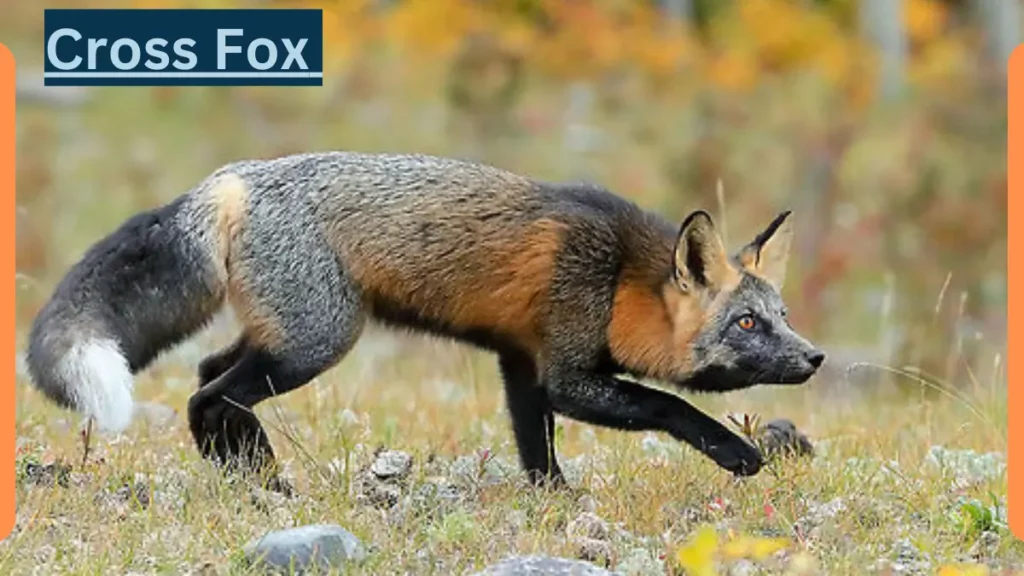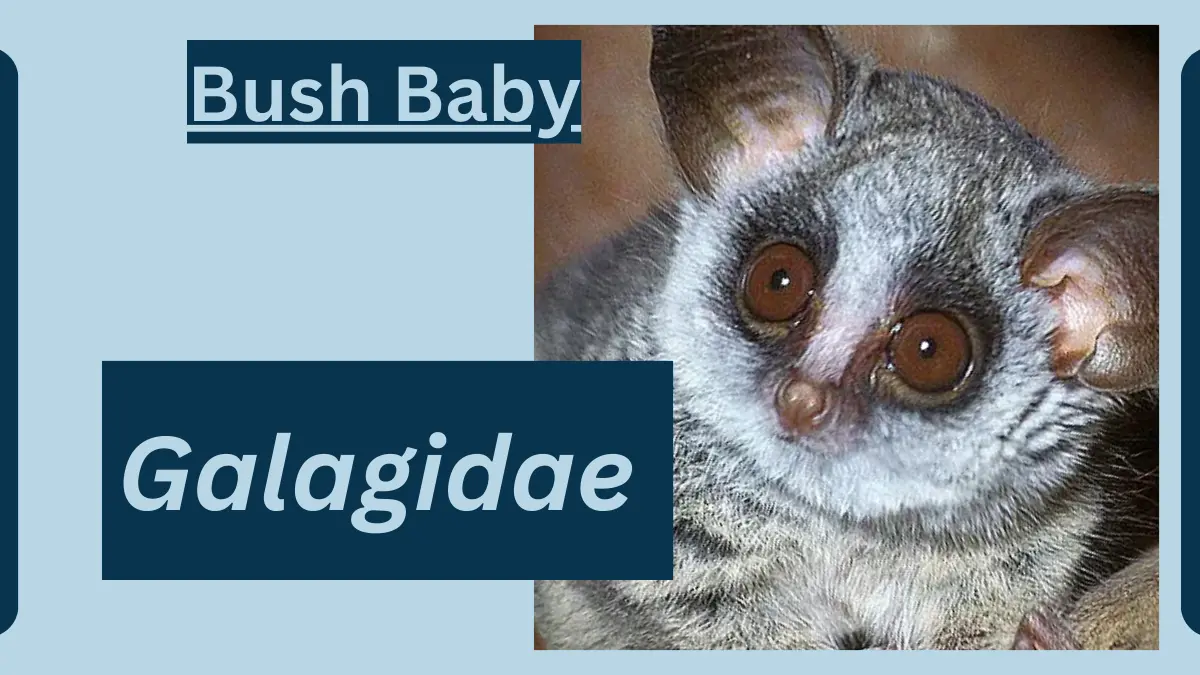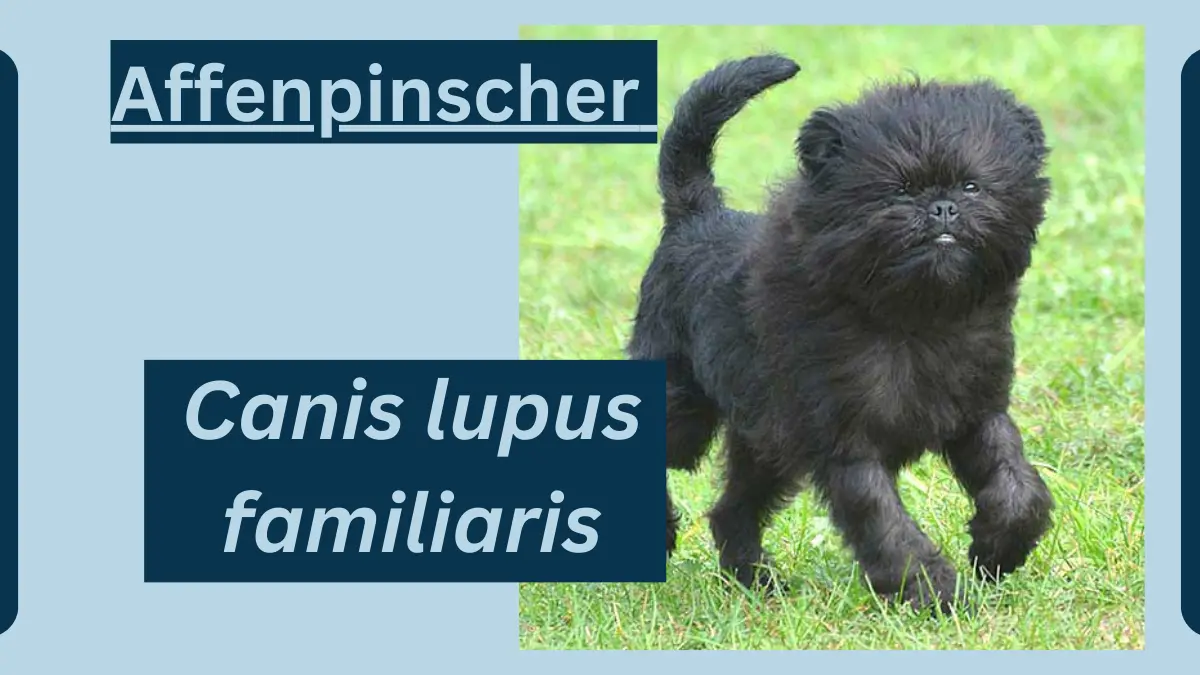Cross Fox – Complete Guide | Vulpes vulpes
October 21, 2023
The Cross Fox, a variation of the red fox (Vulpes vulpes), is a unique color morph characterized by its distinctive coat coloration.

Cross Fox
Here’s some information about the Cross Fox:
| Topic | Information |
| Scientific Classification | – Kingdom: Animalia |
| – Phylum: Chordata | |
| – Class: Mammalia | |
| – Order: Carnivora | |
| – Family: Canidae | |
| – Genus: Vulpes | |
| – Species: Vulpes vulpes | |
| Physical Appearance | – Coat Color: The Cross Fox is a red fox variant known for its unique coat coloration. It has a dark stripe down its back, forming a cross shape, which gives it its name. |
| – Size: Cross Foxes are similar in size to red foxes, with a typical length of about 18 to 35 inches (45 to 90 centimeters) and a tail length of 13 to 17 inches (33 to 43 centimeters). | |
| Range and Habitat | Cross Foxes can be found in North America, including parts of Canada and the United States. They inhabit a variety of habitats, including forests, grasslands, and urban areas. |
| Behavior and Lifestyle | Cross Foxes share similar behavior and habits with red foxes. They are primarily crepuscular, being most active during dawn and dusk. |
| Reproduction and Life Cycles | – Breeding: Cross Foxes typically breed once a year. The breeding season varies depending on their location. |
| – Pup Care: After a gestation period of about 49 to 55 days, females give birth to litters of 2 to 12 pups, with the average being around 5 or 6 pups. | |
| Diet and Prey | Cross Foxes are omnivorous and have a varied diet. They primarily prey on small mammals, birds, and insects but may also eat fruit and plant material. |
| Predators and Threats | Cross Foxes face various threats, including habitat loss due to urban development. They are also hunted for their fur, which is considered valuable. |
| Interesting Facts and Features | – Coat Variation: The distinctive cross-shaped stripe on their back is the most notable feature of the Cross Fox. |
| – Fur Trade: Historically, Cross Foxes were hunted for their fur, which was used in the fur trade. | |
| Relationship with Humans | Cross Foxes, like red foxes, tend to avoid direct contact with humans and are often more active during periods of low human activity. |
| Conservation Status and Life Today | Cross Foxes are not typically considered a separate species or subspecies but rather a color variant of the red fox. As such, their conservation status is similar to that of the red fox, which varies by region. |
File Under:







Leave a Reply